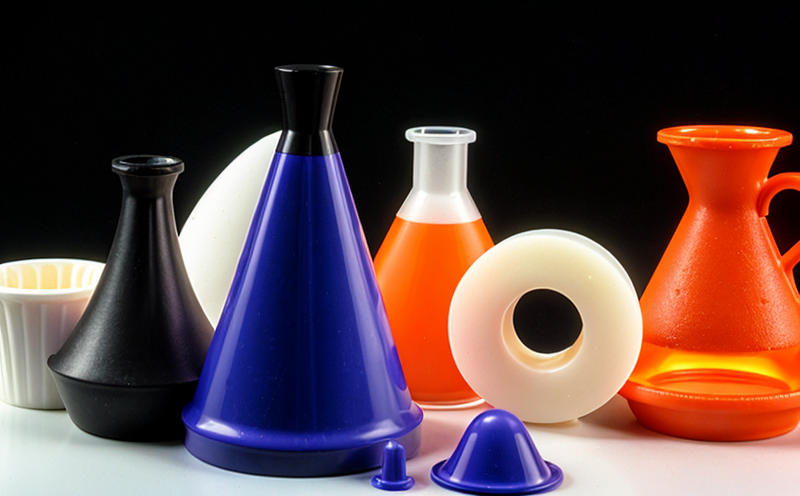Detergent Container Additive Testing
When it comes to detergent container additives, testing is crucial to ensure product safety, efficacy, and compliance with regulatory standards. Detergent containers often incorporate various chemical additives designed to enhance cleaning performance or provide additional benefits like reduced environmental impact. These additives can include surfactants, antioxidants, pH adjusters, and biocides.
The process of detergent container additive testing involves several key steps including specimen preparation, application of specific testing methods based on relevant standards, and thorough analysis using advanced laboratory instrumentation. The goal is to evaluate the chemical composition, stability, and potential environmental effects of these additives.
For instance, surfactants are critical in ensuring effective cleaning performance by reducing surface tension and allowing for better emulsification of dirt and grease. Testing surfactant levels helps ensure that they perform optimally without contributing to excessive foaming or residue build-up. Antioxidants play a vital role in preventing degradation of the detergent formula over time, thus maintaining its integrity and effectiveness throughout shelf life.
Additionally, pH adjusters are used to maintain an optimal cleaning environment by balancing acidity levels within the product. This not only enhances cleaning power but also protects surfaces from corrosion or damage caused by overly acidic or alkaline conditions. Biocides work against microbial growth which can degrade detergent formulas and affect their performance.
Given these considerations, this service ensures that all components of a detergent container additive are thoroughly assessed under controlled laboratory conditions. By doing so, we provide our clients with reliable data about the safety and efficacy of their products before they reach marketplaces. This process is essential for maintaining high standards in both manufacturing quality control as well as consumer protection.
| Standard | Description |
|---|---|
| ASTM D792 | Determines the density of various plastics, which is important for understanding physical properties related to additive performance. |
| ISO 3184:2016 | Method for determining the viscosity of liquid detergents. Viscosity affects how well additives mix into solutions and their overall effectiveness. |
| EN 1795-1:2008 | Specification for testing biocidal activity against microorganisms in household products like detergents. Ensures that any biocide present does not compromise human health or environmental safety. |
Why It Matters
The importance of detergent container additive testing cannot be overstated. Properly tested additives ensure that the final product meets all necessary regulatory requirements, enhances performance characteristics such as cleaning power and stability, and minimizes any adverse effects on human health or the environment.
- Regulatory Compliance: Ensures adherence to international standards like ISO 13679 for detergent quality assurance which mandates rigorous testing protocols.
- Product Performance Enhancement: Identifies optimal concentrations of additives that maximize cleaning efficiency while minimizing unnecessary waste or residues.
- Safety Measures: Prevents the introduction of harmful substances into formulations by detecting impurities and ensuring all ingredients are safe for use in consumer goods.
Applied Standards
| Standard | Description |
|---|---|
| ASTM D792 | Determines the density of various plastics, which is important for understanding physical properties related to additive performance. |
| ISO 3184:2016 | Method for determining the viscosity of liquid detergents. Viscosity affects how well additives mix into solutions and their overall effectiveness. |
| EN 1795-1:2008 | Specification for testing biocidal activity against microorganisms in household products like detergents. Ensures that any biocide present does not compromise human health or environmental safety. |
Environmental and Sustainability Contributions
- Reduction in resource consumption through optimized additive concentrations, leading to more efficient use of raw materials.
- Promotion of biodegradable additives that break down naturally without leaving harmful residues behind after disposal.
- Incorporation of sustainable practices during the testing process itself, such as reducing energy usage and minimizing waste generation.





